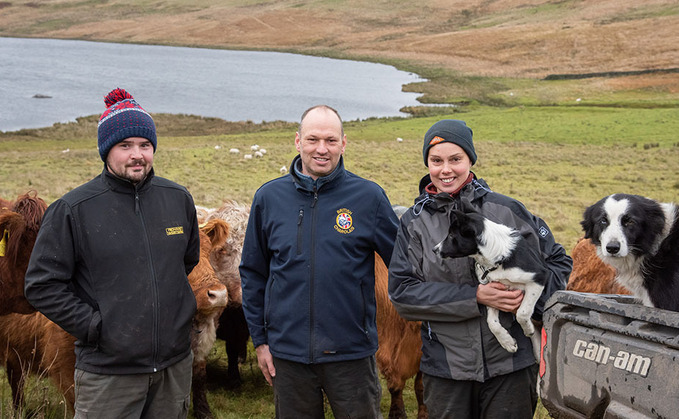
Beef and sheep farmer, Ian Bell says he is still learning how to best manage an RSPB unit for farming and wildlife, but believes the two can co-exist. Taking on the tenancy of more than 2,630 hectares...

Beef and sheep farmer, Ian Bell says he is still learning how to best manage an RSPB unit for farming and wildlife, but believes the two can co-exist. Taking on the tenancy of more than 2,630 hectares...

NEW AMAZONE KE3001 SUPER

NEW AMAZONE 5 Furrow

CASEIH AXIAL FLOW 6150